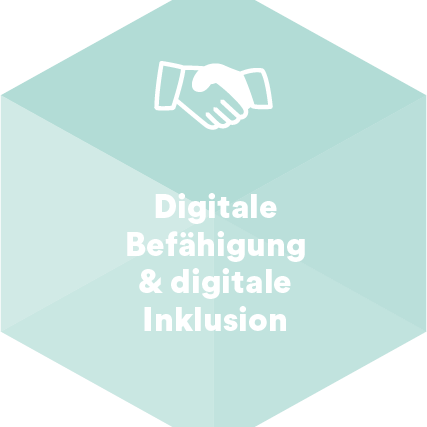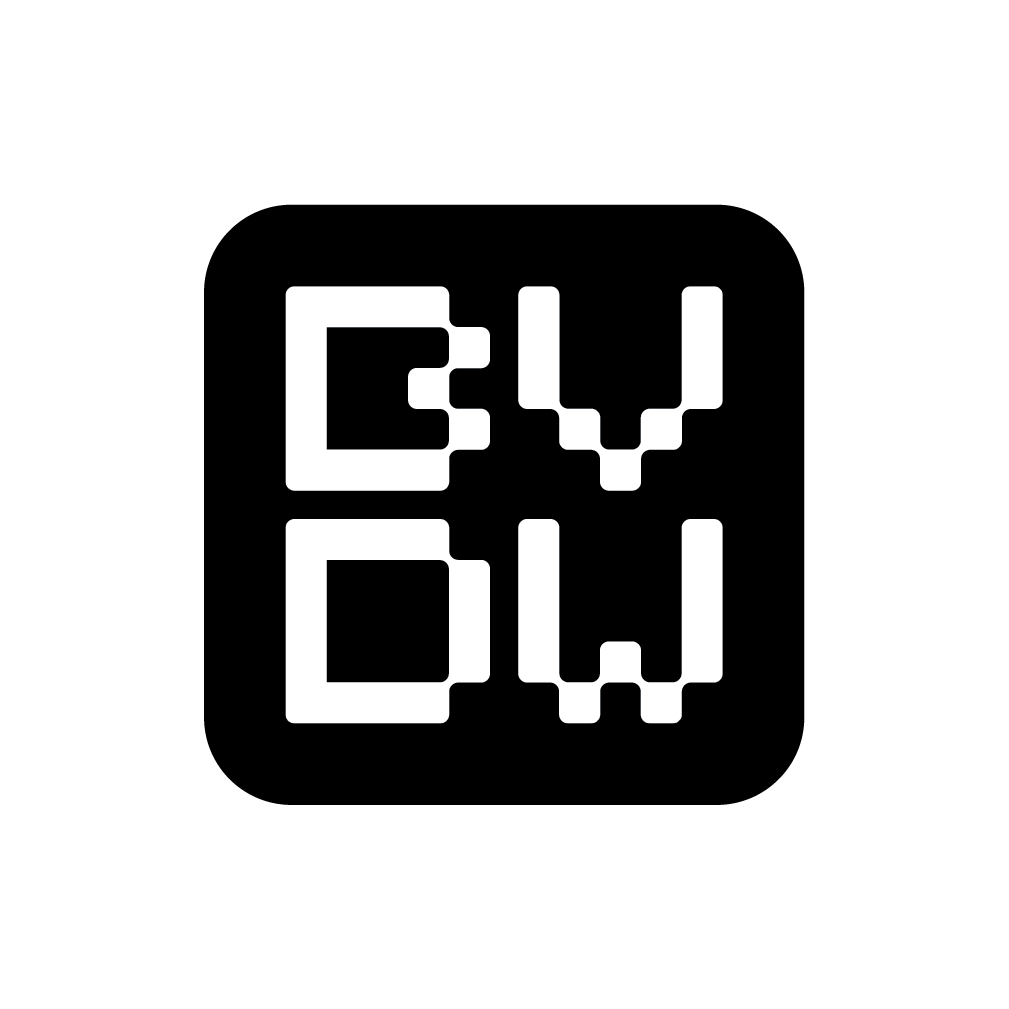
Digital Empowerment & Inclusion
The active empowerment of employees towards the achievement of new competencies must be the primary goal and prospect of a company. Employees must be supported regarding the maximization of their individual potentials.
Description
The manifestation of equality and empowerment of all employees, regardless of their origin, age, gender, religion, education, sexual orientation, disability, must be an integral part of a corporate digital strategy. Management should be alert to the possible negative implications of digital exclusion.
Internal Stakeholder: Employees, HR, managers, developers, and product managers
External Stakeholders: Interest groups and organizations in the field of inclusion and usability, users.
- Appropriate awareness-raising measures and vocational training programs
- Appropriate and demand-oriented infrastructure
- Guidelines on the deployment of behavioral standards (e.g., gendering)
- Surveys among affected employees on satisfaction
- Contact points in the company, including representatives for severely disabled employees and diversity management
- Moderated communication channels
- Audits and reviews of relevant norms and standards (e.g., accessibility)
- Expansion of the training programs
- Define basic digital competencies
- Develop strategic competence
- Expand mission statement: ‘Leave no one behind’
- Create awareness for the need of people with disabilities
- Create awareness: What are digital barriers?
- Build knowledge about tools and techniques for digital inclusiveness
- Create a workflow that reviews projects regarding their inclusivity
- Reverse monitoring: Addressing employees views
- Enhance transparency and use simple language
- Develop formats to convey knowledge
- Maintain glossary of key terms
- Web Content Accessibility Guidelines (WCAG)
- European Standard 301549 v2.1.2
- Usability Norms and Standards -AGG
- W3C
- Requirements for ICT products and services
- Information, handouts, and recommendations on accessibility
